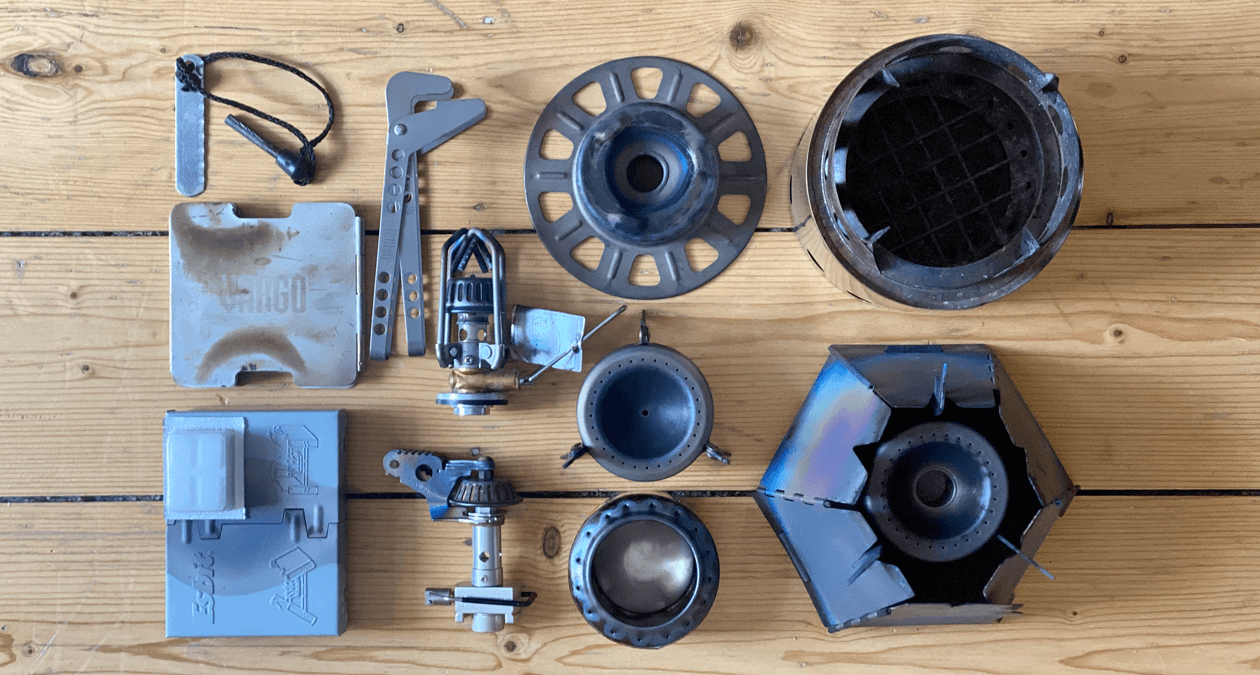
Depending on the type of trip and location some may work better than others. Most people are familiar with the simple screw on gas stove which uses fuel canisters. These can be quite heavy and since there are different types of canisters you might not always get the ones you will need for your stove. You never quite know how much fuel you have left and might end up carrying more than you need for the trip. How much boils you will get out of one canister also depends on the wind and how well you know your stove. For gas burners, there are different kinds of gases you would use in summer or winter.
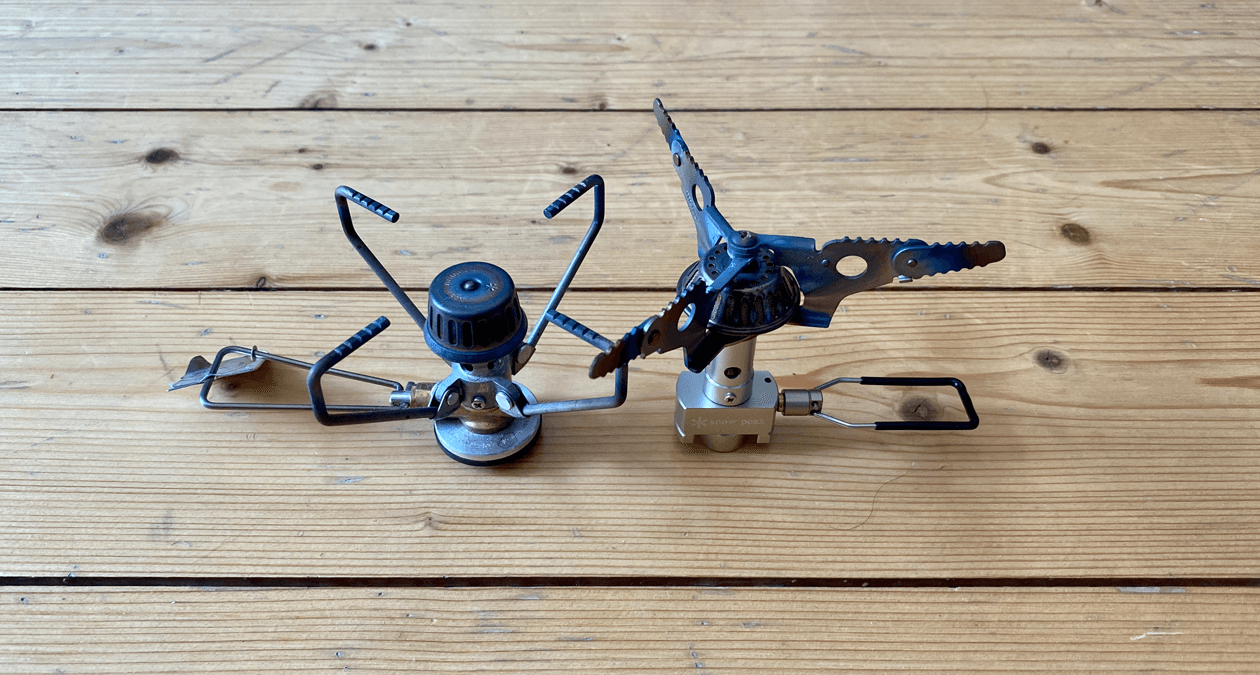
Another option is the alcohol stove, which comes in many different forms, although the principle is the same with all of them. They’re not as easy to use as the gas stoves but fuel is easily available at any supermarket, gas station or hardware store. Another down side to alcohol stoves is that they need time to prime. After you light them it can take up to three minutes for the stove to get going as the fuel must first reach a certain temperature before the jets start to spark flames. Alcohol stoves also do not work well at high altitudes or in cold and windy conditions. They do present a fire hazard, especially when cooking inside the shelter. The alcohol can boil over, if too much is used. If you use too little, the stove won’t prime. When the alcohol spills, it will burn instantly. This can be very dangerous. Make sure to only do this in a semi enclosed shelter with no floor and find a large flat rock to cook on. When you use these inside the shelter, make sure to set some ground rules: One would be – As long as we’re cooking, nobody moves and no leaving the shelter for a quick leak. A false move around a burning alcohol stove might end your trip.
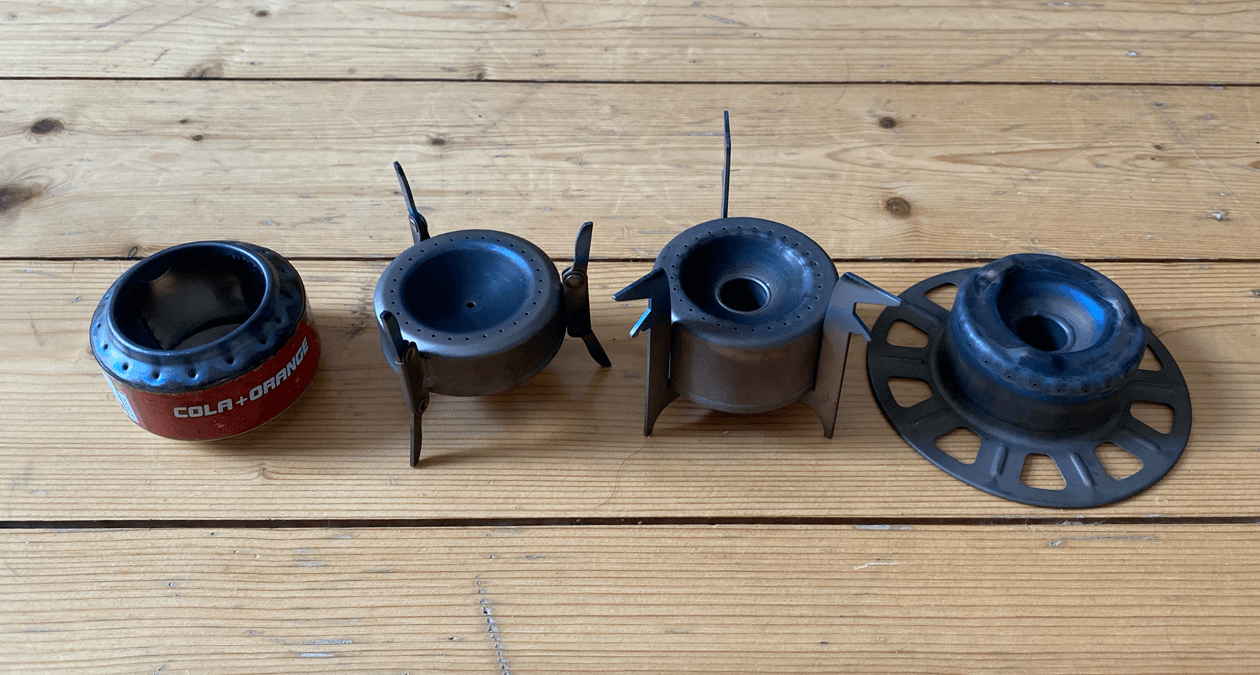
Another option is to use a wood stove like the bush buddy. These stoves are not to be used inside a shelter as they produce smoke. When you rely on a wood stove you’ll constantly be on the lookout for dry wood and you’ll also need to carry an axe or saw and a fixed blade knife for processing your firewood. I’ve used these types of stoves often on my canoeing or kayaking trips. It’s a nice way of cooking because it provides entertainment and nothing beats a real fire. You’ll have endless supplies of hot drinks because in the woods you’ll never run out of fuel. It’s good to have an extra pot for cooking on a wood stove because it will get black with soot quickly. There are also multifuel systems which combine an alcohol stove with a wood burner.
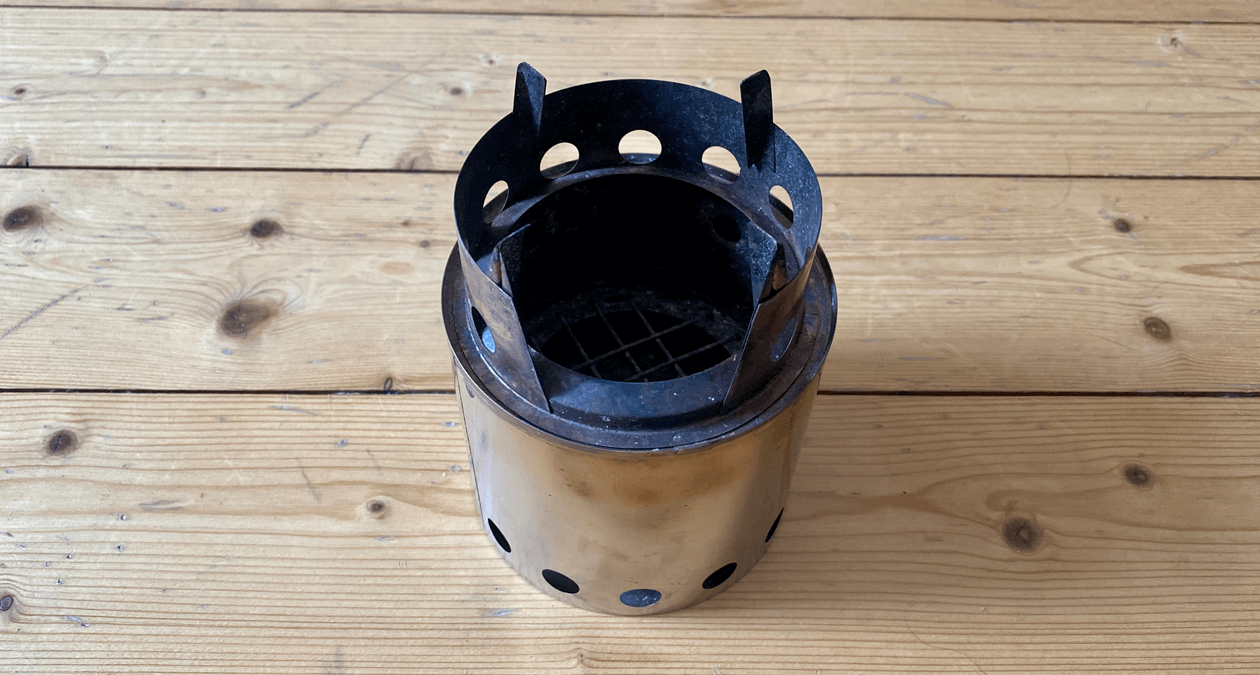
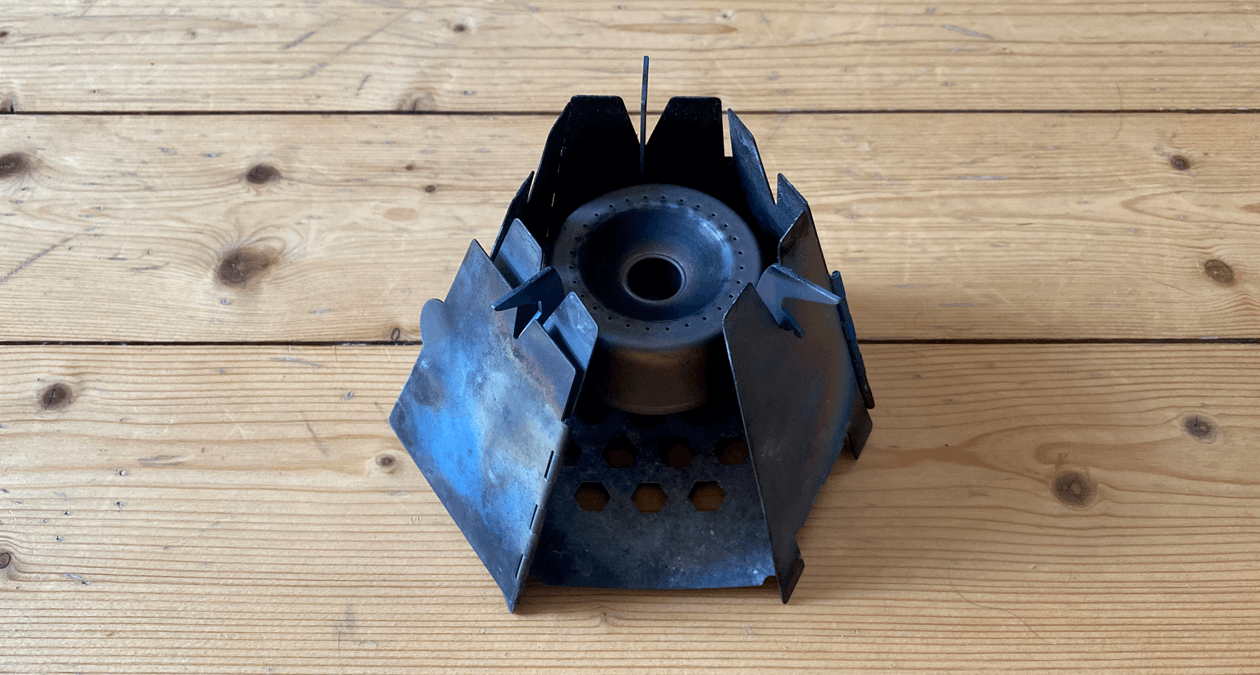
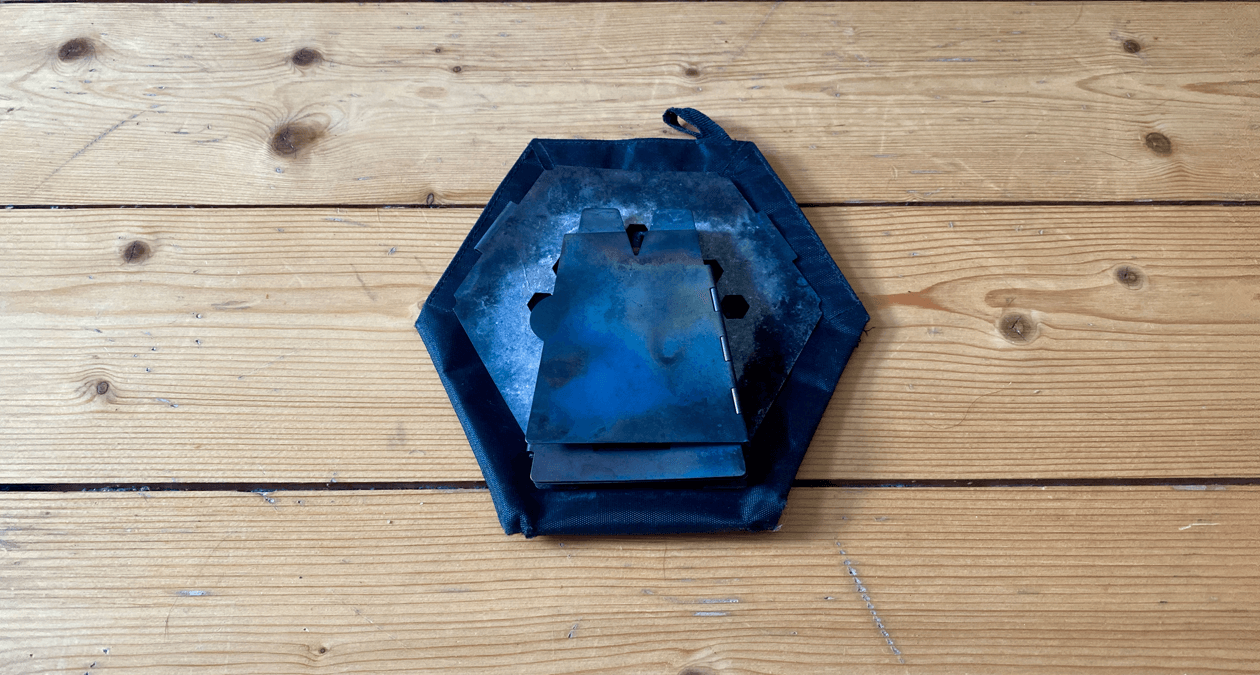
I like both systems and depending on where I am hiking, I will choose what to use. In alpine areas, I will usually stick to using a gas stove as it is the most reliable. It heats up fast with little effort and there is also less fire hazard when cooking inside the shelter. On trips in the lowlands and also in areas where resupplies are no problem, I’ll use a multifuel system which burns alcohol or wood. I can recommend the multifuel system made by Vargo. Its super light because it’s made from titanium and the wood burner part acts as a windshield while you are burning alcohol.
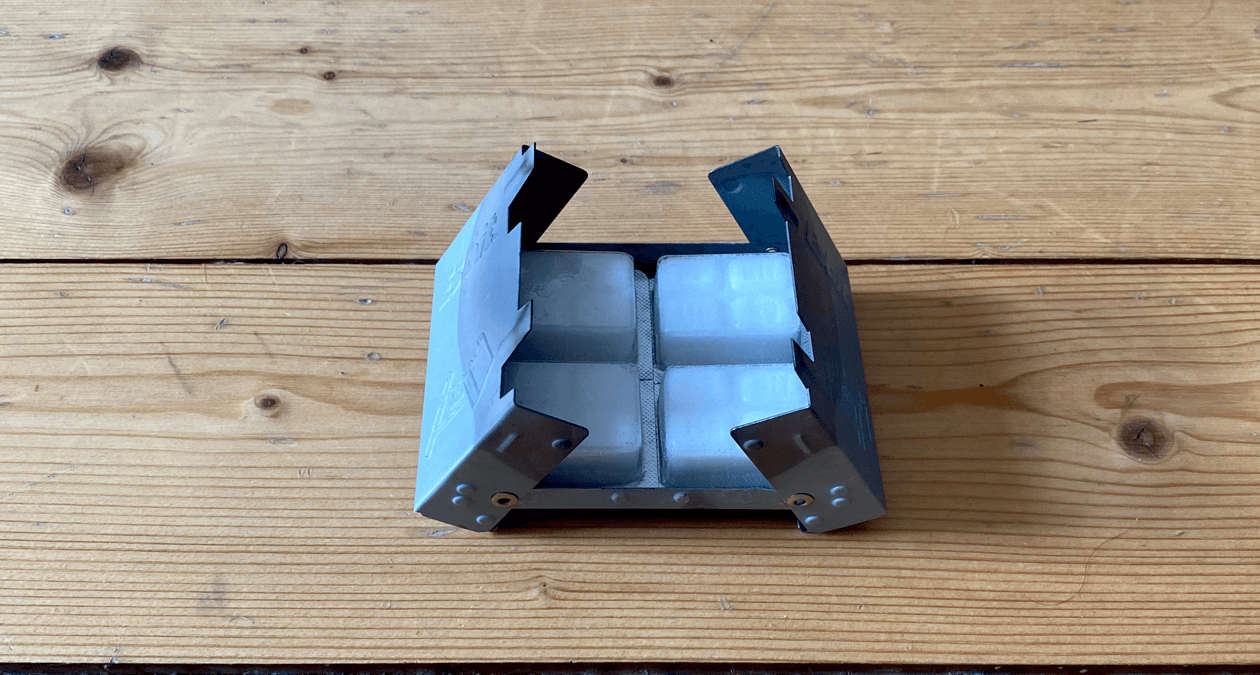
Dry fuel is also worth a mention. This is something I might use on an overnight trip where I would just cook one meal and maybe a couple hot drinks. It's nothing I would want to rely on for longer trips. The dry fuel leaves a stinky piece of gunk in the end and is nothing you would want to use inside a shelter because of the fumes it produces.






















